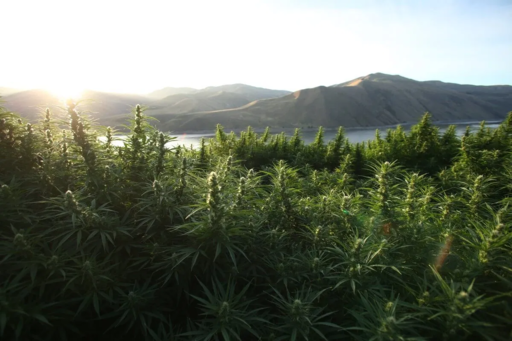
“Now That Weed is Mostly Legal,” reads the headline to a piece by Aryn Baker at Time, “Hemp Should Be Booming. But It’s Not.”
Why?
Contra Baker’s claim that hemp is “a close cousin of marijuana,” and not as useful as advertised, it IS marijuana — the same plant — and it’s incredibly useful for making everything from paper to rope to diesel fuel to beauty and nutrition products.
In point of fact, major reasons for making it illegal as a “drug” included lobbying by Big Oil (Henry Ford designed an engine that ran on hemp-based fuel rather than gasoline) and newspaperman William Randolph Hearst, who just happened to own multiple wood-pulp paper mills (and who used his papers to inveigh in racially charged terms against “devil weed”).
Now that both “marijuana” and “industrial hemp” are legal in many places, why isn’t the latter taking off?
If you have to ask why, the answer is usually “money.”
According to Leaf Nation, hemp fiber sells for $250-300 per ton, while the seeds sell for 60 to 65 cents per pound.
According to Green Growth, the wholesale price of “cannabis flower” — aka “marijuana” — runs in the range of $1,200 per pound.
And as a farmer, you probably have to choose one or the other.
Both plants are heavily regulated/licensed.
If you’re growing “hemp,” its level of THC (the main “getting high” cannabinoid) content can’t exceed 0.3%.
If you’re growing “marijuana,” you’re probably optimizing for higher levels of THC — as much as 25% or more.
Since they’re the same plant, growing the two within cross-pollination proximity will bring your hemp THC levels up, your “marijuana” THC levels down, and expose you to double the level of intrusive government permitting and inspection inconvenience.
Quick high school business math question:
Would you rather knock down $250-$300 per ton, or $1,200 per pound, for the same product?
Pick one.
The only way to unlock the commercial potential of “industrial hemp” is to COMPLETELY “free the weed.” Government needs to stop regulating the THC content of, and do away with licensing requirements for the sale of, cannabis.
Does that mean some people will use plain old Mary Jane, instead of expensive boutique strains, as medicine or to get high?
Yes.
Just like they already are, only at somewhat higher cost/risk.
The war on “marijuana” was always dumb and evil — and it’s still picking your pocket in the form of higher prices for lower-quality products of all kinds.
Thomas L. Knapp (Twitter:@thomaslknapp) is director and senior news analyst at the William Lloyd Garrison Center for Libertarian Advocacy Journalism (thegarrisoncenter.org). He lives and works in north central Florida.
PUBLICATION/CITATION HISTORY

